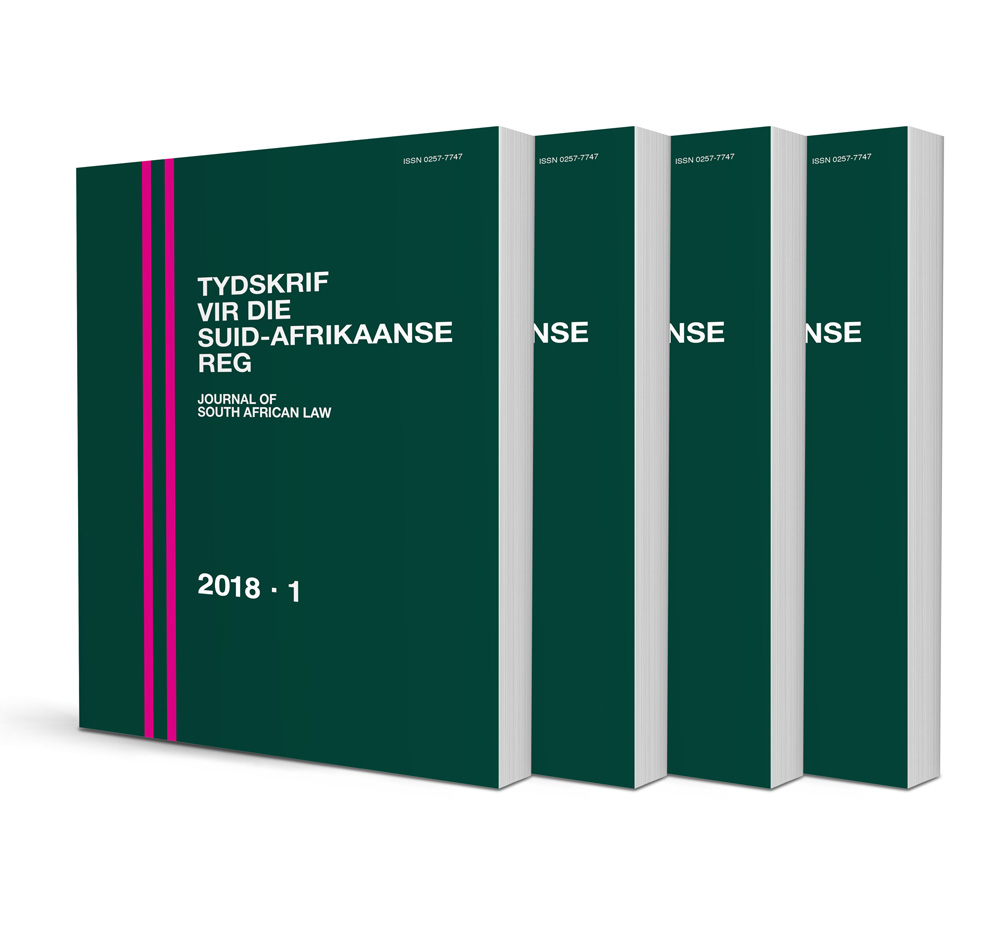
Regspraak: ’n Hond se blaf ewenaar soms sy byt vir doeleindes van deliktuele aanspreeklikheid
Author: J Scott
ISSN: 1996-2207
Affiliations: Universiteit van Suid-Afrika
Source: Tydskrif vir die Suid-Afrikaanse Reg, Issue 1, 2024, p. 134-149
https://doi.org/10.47348/TSAR/2024/i1a10
Abstract
This is one of the rare cases in which the plaintiff based his action on Aquilian, and not pauperien principles after suffering a broken wrist when he fell during an effort to retreat when accosted by two small dogs belonging to the defendant. The barking dogs threatened the plaintiff while he was standing on the sidewalk next to the defendant’s property, after they had escaped through the gate of the property which had been opened to allow the latter’s wife access.
The court had difficulty in determining the true factual situation, because the sets of evidence presented by the opposing parties were irreconcilable. On the strength of the methodology presented in the leading judgment of Stellenbosch Farmers’ Winery Group Ltd v Martell et Cie the court unconvincingly opted to accept the plaintiff’s version. The defendant was also prevented from presenting arguments in respect of certain traits of the dogs, due to defects in his heads of argument.
Although the court indirectly addressed the issue of wrongfulness, its main thrust was an attempt to decide whether the owner had been negligent in failing to keep his dogs under control and preventing them from threatening the defendant and other members of public. Relying on the definition of negligence presented in Mukheiber v Raath, which displays a preference for the concrete approach to foreseeability, the court concluded that the defendant had been negligent and is therefore liable to compensate the plaintiff in such sum as may be agreed or determined in due course.
It is illustrated how the court failed in presenting a judgment in accordance with a method suggested by Bosielo JA in a paper presented in 2013, which contains the following steps: (a) introduction; (b) facts; (c) issues; (d) law; (e) application; (f) remedy; and (g) order (earning the acronym IFILARO). Of particular note is the court’s failure to present a concise but sufficiently detailed account of the facts, and to apply relevant legal rules and principles to the facts. It is intimated that if the existing case law had been thoroughly scrutinised and applied, a finding that the harm in casu had not been reasonably foreseeable to the diligens paterfamilias might have followed, rendering the defendant not liable.